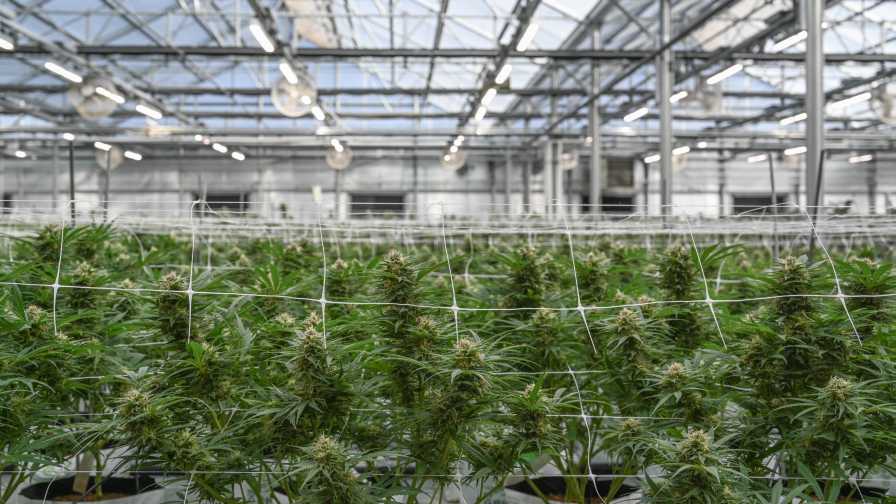New Research on Light Spectra in Cannabis Offers Groundbreaking Insights

Photo courtesy of Fluence by OSRAM
Fluence by Osram, in collaboration with Wageningen University & Research and Compassionate Cultivation, has announced the findings of a series of photobiology research studies examining how light spectra affect cannabis growth and development. These studies are the first of their kind and provide key insights for commercial cannabis growers looking to maximize production, improve product quality, and optimize efficiencies.
Cannabis is a high-value crop in commercial agriculture, but it currently has very limited scientific documentation to guide its commercialization. Because of this, the Fluence research team has been focused on discovering insights about cannabis that are immediately actionable.
Research was conducted in two studies focused on how lighting can be used to further enhance the desirable aspects of cannabis in commercial greenhouse and indoor settings. Each experiment was carefully designed to examine the effects of broad spectrum white light, broad spectrum pink light and narrow band red/blue light deployed on Fluence’s VYPR 3p Series. Each light treatment is distinct in spectral composition. The purpose of examining each of these treatments was to further understand which light spectra is most appropriate for corresponding greenhouse or indoor environments for Type I cannabis (high in THC), Type III cannabis (high in CBD,) and Type II cannabis (a balance of THC and CBD).
Through these studies, Fluence was able to determine 10 key insights in manipulating the development of cannabis that can have a profound effect on commercial cannabis production when applied correctly:
- First and foremost, Fluence verified that in some cultivars, a lower percentage of red light correlates with an increase in cannabinoid concentrations.
- Even more interesting, red light can be used to manipulate terpene ratios in cannabis.
- At low supplemental light intensities in a greenhouse, all trialed Fluence spectra achieve comparable yields.
- In an indoor setting, where light sources are emitting at higher intensities, Broad White R4 and R8 spectra yielded higher than R6.
- In indoor settings, R4 yielded up to 17% higher than the next best spectral solution in certain cultivars of Type I High THC cannabis.
- When considering indoor settings, R4 consistently produced higher yields, and has the added benefit of not causing photobleaching, whereas spectra like R8, which have a considerably higher fraction of red light, induce photobleaching.
- Across both types of environments, spectrum sensitivity is cultivar dependent.
- Finally, when applying these insights into a grower’s environment, R4 and R8 lighting can be deployed to significantly increase the grower’s estimated gross margin.
Learn more here.









